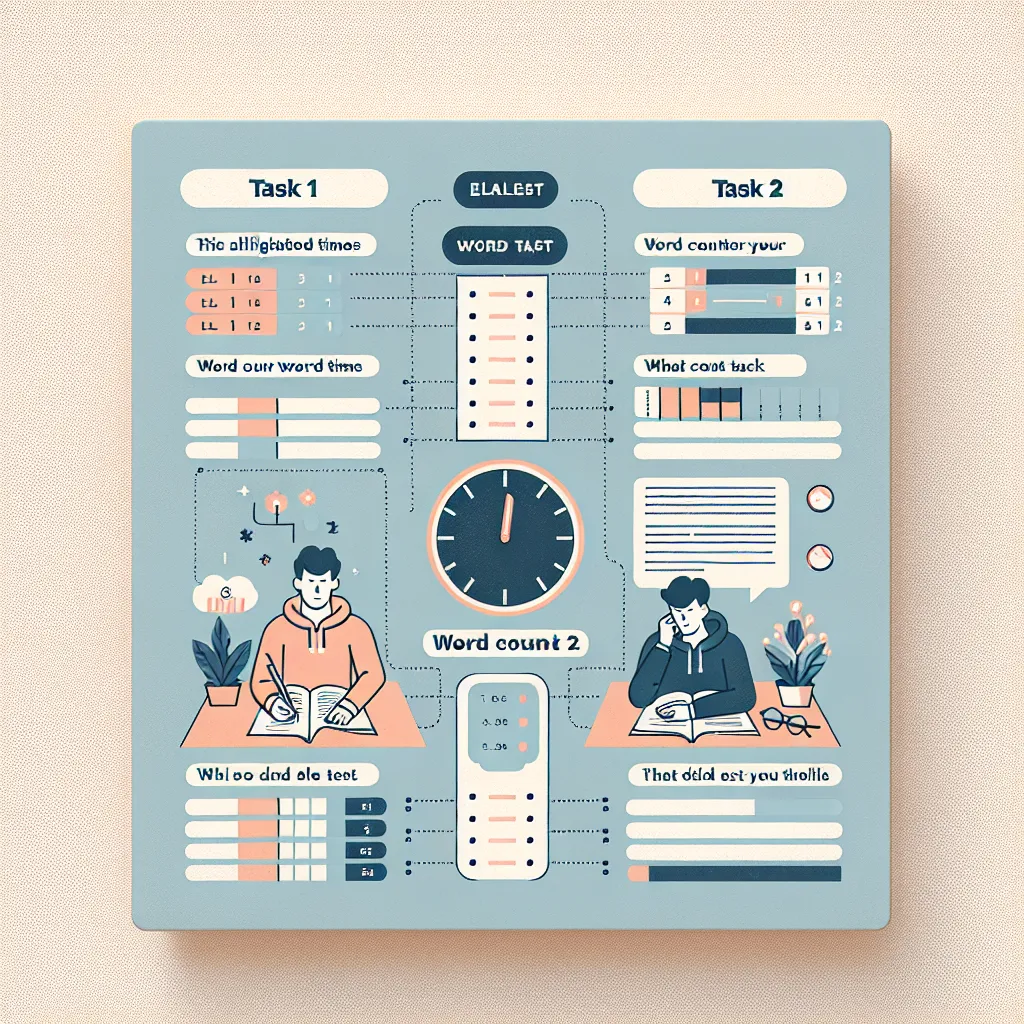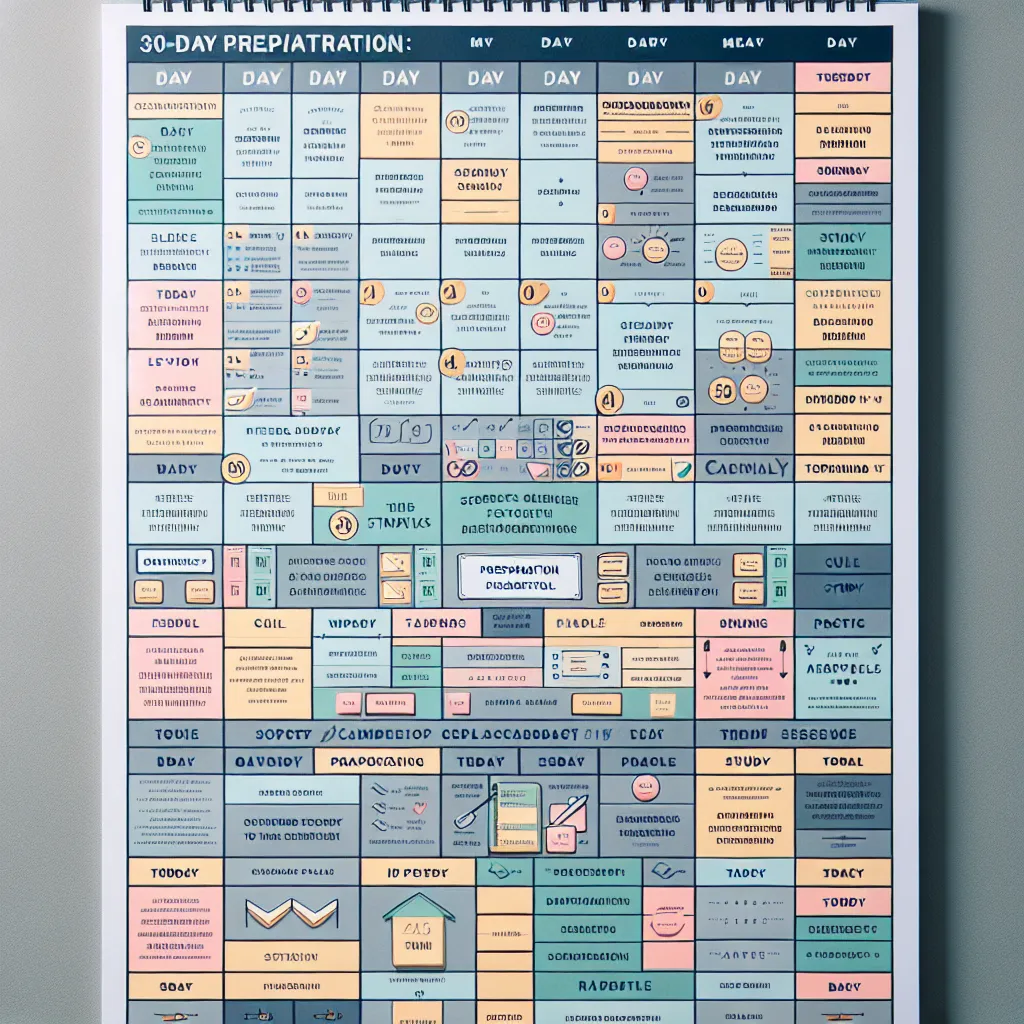Are you preparing for the IELTS exam and feeling overwhelmed by the Reading section, particularly the gap fill questions? You’re not alone. Many test-takers find these questions challenging, but with the right strategies, you can significantly improve your performance. In this comprehensive guide, we’ll explore the best strategies for tackling IELTS Reading gap fill questions, helping you boost your confidence and maximize your score.
Understanding IELTS Reading Gap Fill Questions
Gap fill questions, also known as sentence completion or summary completion tasks, are a common question type in the IELTS Reading test. These questions require you to fill in gaps in a summary or sentences using words from the passage. Understanding the nature of these questions is crucial for developing effective strategies.
 IELTS Reading Gap Fill Example
IELTS Reading Gap Fill Example
Key Characteristics of Gap Fill Questions
- Word limit: You’re often restricted to using a specific number of words or characters to fill each gap.
- Word source: The answers are usually found verbatim in the passage, though sometimes synonyms or paraphrases may be required.
- Grammar awareness: The missing word(s) must fit grammatically into the sentence or summary.
- Context understanding: Comprehending the overall context is essential for selecting the correct words.
Top Strategies for IELTS Reading Gap Fill Questions
Now that we’ve covered the basics, let’s dive into the best strategies to tackle these questions effectively.
1. Skim the Passage First
Before jumping into the questions, quickly skim the entire passage to get a general idea of its content and structure.
- Look for main ideas in topic sentences
- Identify key themes and arguments
- Note the organization of information (e.g., chronological, cause-effect, compare-contrast)
This initial overview will help you locate information more quickly when answering the questions.
2. Read the Instructions Carefully
It’s crucial to understand exactly what the question is asking. Pay close attention to:
- Word limits (e.g., “NO MORE THAN TWO WORDS”)
- Whether you should use words from the passage or your own words
- Any specific instructions about singular/plural forms or verb tenses
Misreading instructions is a common pitfall that can cost you valuable points.
3. Analyze the Gap and Surrounding Context
Before searching for the answer, carefully examine the gap and the words around it.
- Identify the part of speech needed (noun, verb, adjective, etc.)
- Look for clues in the surrounding text that might indicate the type of information required
- Consider how the missing information relates to the overall meaning of the sentence or summary
This analysis will guide your search in the passage and help you eliminate incorrect options.
4. Use Keywords to Locate Relevant Information
Identify keywords in the summary or sentences with gaps, then scan the passage to find related information.
- Look for synonyms or paraphrases of these keywords in the text
- Pay attention to sections that discuss similar themes or ideas
Remember, the information in the passage may not be in the same order as the questions, so be prepared to jump around the text.
 IELTS Reading Strategy Visualization
IELTS Reading Strategy Visualization
5. Focus on Specific Details
Gap fill questions often require precise information. As you locate the relevant section of the text:
- Look for specific facts, figures, or names that match the context of the gap
- Pay attention to dates, percentages, and other numerical information
- Note any unique or technical terms that might fit the gap
Be cautious about paraphrasing at this stage – exact words from the passage are often required.
6. Check for Grammatical Fit
Once you’ve identified a potential answer, make sure it fits grammatically into the sentence.
- Ensure the word form is correct (e.g., singular/plural, verb tense)
- Check if articles (a, an, the) are needed before the gap
- Verify that the word makes sense in the context of the entire sentence
Grammatical consistency is key to selecting the correct answer.
7. Eliminate Obviously Incorrect Options
If you’re unsure between a few options, use the process of elimination:
- Cross out words that clearly don’t fit grammatically or contextually
- Remove options that exceed the word limit
- Discard choices that contradict the overall meaning of the summary or passage
This strategy can increase your chances of selecting the correct answer, even when you’re not 100% certain.
8. Use Time Management Wisely
Effective time management is crucial for success in the IELTS Reading test.
- Allocate a specific amount of time for each question type
- If you’re stuck on a particular question, move on and come back to it later
- Leave enough time at the end to review your answers and make any necessary changes
Remember, all questions are worth the same number of points, so it’s better to attempt all questions rather than spending too much time on a difficult one.
9. Practice with Past Papers
Regular practice with authentic IELTS Reading gap fill questions is essential for improvement.
- Familiarize yourself with different types of gap fill tasks
- Time yourself to simulate exam conditions
- Analyze your mistakes to identify patterns and areas for improvement
The more you practice, the more comfortable and confident you’ll become with this question type.
Common Pitfalls to Avoid
As you apply these strategies, be aware of common mistakes that test-takers often make:
- Overlooking word limits: Always adhere to the specified word count.
- Ignoring context: Don’t just match words; ensure the answer makes sense in context.
- Failing to check grammar: A grammatically incorrect answer is always wrong, even if the meaning fits.
- Rushing through the passage: Skimming is important, but don’t sacrifice comprehension for speed.
- Leaving questions unanswered: Always provide an answer, even if you’re unsure – there’s no penalty for guessing.
Next Steps: Putting Your Skills into Practice
Now that you’re armed with these strategies, it’s time to put them into practice:
- Set aside regular study time dedicated to IELTS Reading practice.
- Use official IELTS practice materials to ensure you’re working with authentic question types.
- Time yourself to improve your speed and efficiency.
- Review your answers carefully, paying attention to both correct and incorrect responses to understand your thought process.
- Join study groups or online forums to discuss strategies and share experiences with other IELTS candidates.
Remember, mastering IELTS Reading gap fill questions is a skill that improves with consistent practice and application of effective strategies. By following the advice in this guide and dedicating time to regular practice, you’ll be well on your way to achieving your target IELTS Reading score.
Good luck with your IELTS preparation, and don’t hesitate to explore our other articles for more tips and strategies to excel in all sections of the IELTS exam!




